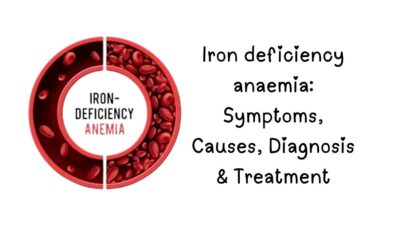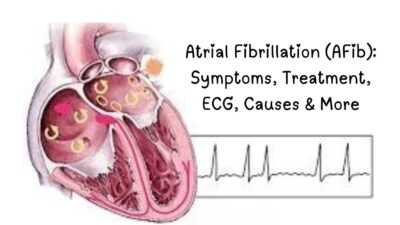The pancreas is a vital organ that aids in digestion and blood sugar regulation. When it becomes suddenly inflamed, the result is acute pancreatitis—a painful and potentially dangerous condition.
What is Acute Pancreatitis?
Acute pancreatitis is the sudden inflammation of the pancreas, where digestive enzymes attack the organ itself instead of breaking down food. This leads to severe pain, swelling, and potential tissue damage.
Key Facts
| Aspect | Details |
|---|---|
| Affected Organ | Pancreas |
| Onset | Sudden (hours to days) |
| Duration | Few days to weeks |
| Severity | Mild to life-threatening |
| Recovery | Full recovery possible with early treatment |
Table of Contents
Symptoms of Acute Pancreatitis
The most common symptom is severe upper abdominal pain that may:
- Radiate to the back
- Worsen after eating
- Feel better when sitting up
Other Warning Signs:
Nausea & vomiting
Fever & chills
Swollen, tender abdomen
Rapid pulse
Jaundice (yellow skin/eyes in severe cases)
Emergency Signs (Seek Help Immediately):
- Unbearable pain
- Difficulty breathing
- Confusion or dizziness
Causes of Acute Pancreatitis
The two leading causes are gallstones (40%) and alcohol abuse (35%), but other triggers include:
Top 7 Causes
| Cause | How It Triggers Pancreatitis |
|---|---|
| Gallstones | Block bile ducts → enzyme backup |
| Heavy Alcohol Use | Toxic to pancreatic cells |
| High Triglycerides | Fat clogs pancreatic blood flow |
| Certain Medications | (e.g., steroids, diuretics) |
| Infections | (Mumps, hepatitis B, etc.) |
| Abdominal Trauma | Injury to the pancreas |
| Genetic Disorders | (e.g., cystic fibrosis) |
4 Stages of Acute Pancreatitis
| Stage | Timeline | Key Features | Mortality Risk |
|---|---|---|---|
| 1. Early Phase (Edematous) | First 1–4 days | Mild swelling, no tissue death | <1% |
| 2. Late Phase (Necrotizing) | Days 4–14 | Tissue death, infection risk | 10–20% |
| 3. Local Complications | Weeks 2–6 | Pseudocysts, abscesses | Up to 25% |
| 4. Systemic Complications | Anytime | Organ failure, sepsis | 30–50% |
How is Acute Pancreatitis Diagnosed?
Doctors use a combination of tests to confirm:
4 Key Diagnostic Methods
- Blood Tests (High amylase/lipase levels)
- CT Scan (Checks for inflammation or necrosis)
- Ultrasound (Detects gallstones or blockages)
- MRI/MRCP (Advanced imaging for ducts)
Early diagnosis = Better outcomes!
Treatment Options for Acute Pancreatitis
Most cases require hospitalization to:
✔ Rest the pancreas (fasting for 24–48 hrs)
✔ Manage pain & dehydration (IV fluids & meds)
✔ Prevent complications
Standard Treatment Plan
| Treatment | Purpose |
|---|---|
| IV Fluids | Prevent dehydration |
| Painkillers | Control severe pain |
| Antibiotics | If infection is present |
| ERCP/Surgery | Remove gallstones |
| Nutritional Support | Gradual food reintroduction |
Complications of Acute Pancreatitis
If untreated, severe cases can lead to:
- Pancreatic necrosis (tissue death)
- Pseudocysts (fluid-filled sacs)
- Sepsis (life-threatening infection)
- Kidney failure
- Chronic pancreatitis
🚨 20% of cases become severe—early care is critical!
How to Prevent Acute Pancreatitis
Reduce your risk with these 6 science-backed tips:
- Limit alcohol (Major cause!)
- Treat gallstones early
- Eat a low-fat diet
- Control triglycerides
- Avoid unnecessary medications
- Stay hydrated
FAQs About Acute pancreatitis
1. What’s the fastest way to recover?
➔ Rest, hydration, and a low-fat diet speed up healing.
2. Can acute pancreatitis be cured?
➔ Yes! Mild cases fully recover; severe cases need intensive care.
3. Is it life-threatening?
➔ Severe cases can be fatal (15% mortality if complications arise).
4. What foods trigger it?
➔ Fried foods, alcohol, and high-fat meals worsen symptoms.
5. Is surgery always needed?
➔ No—only for gallstones or infected tissue.



